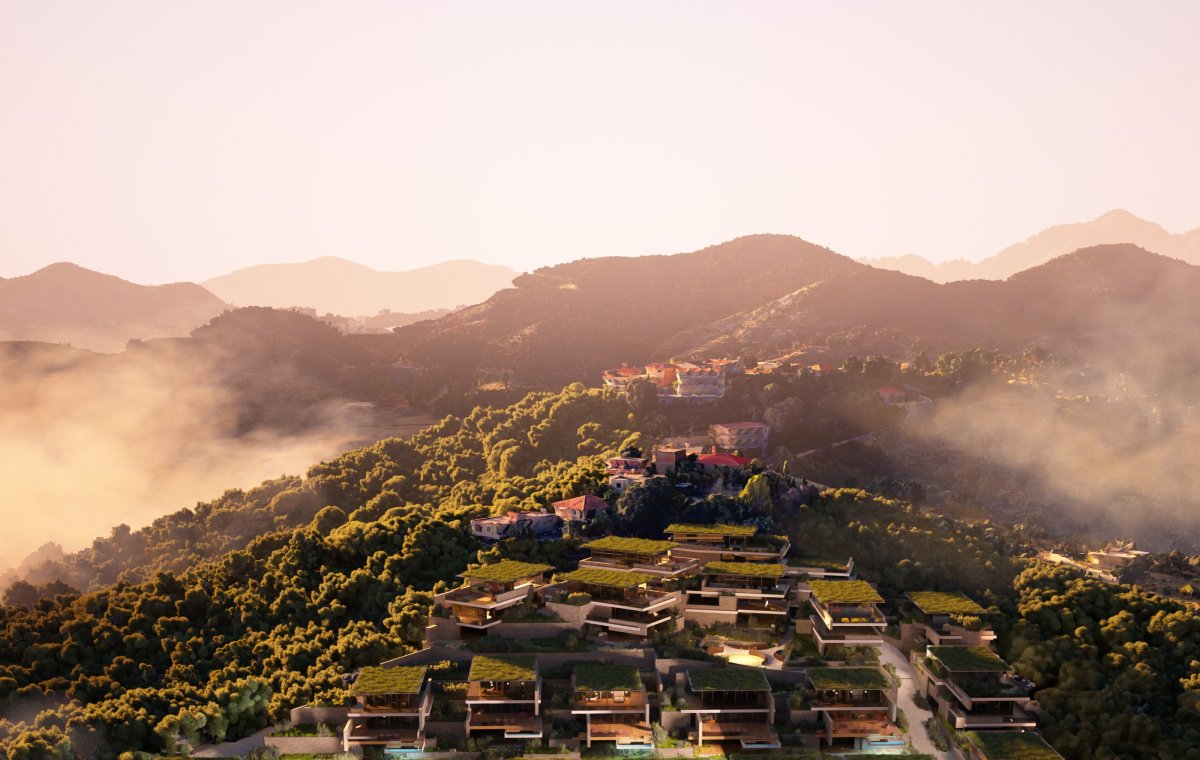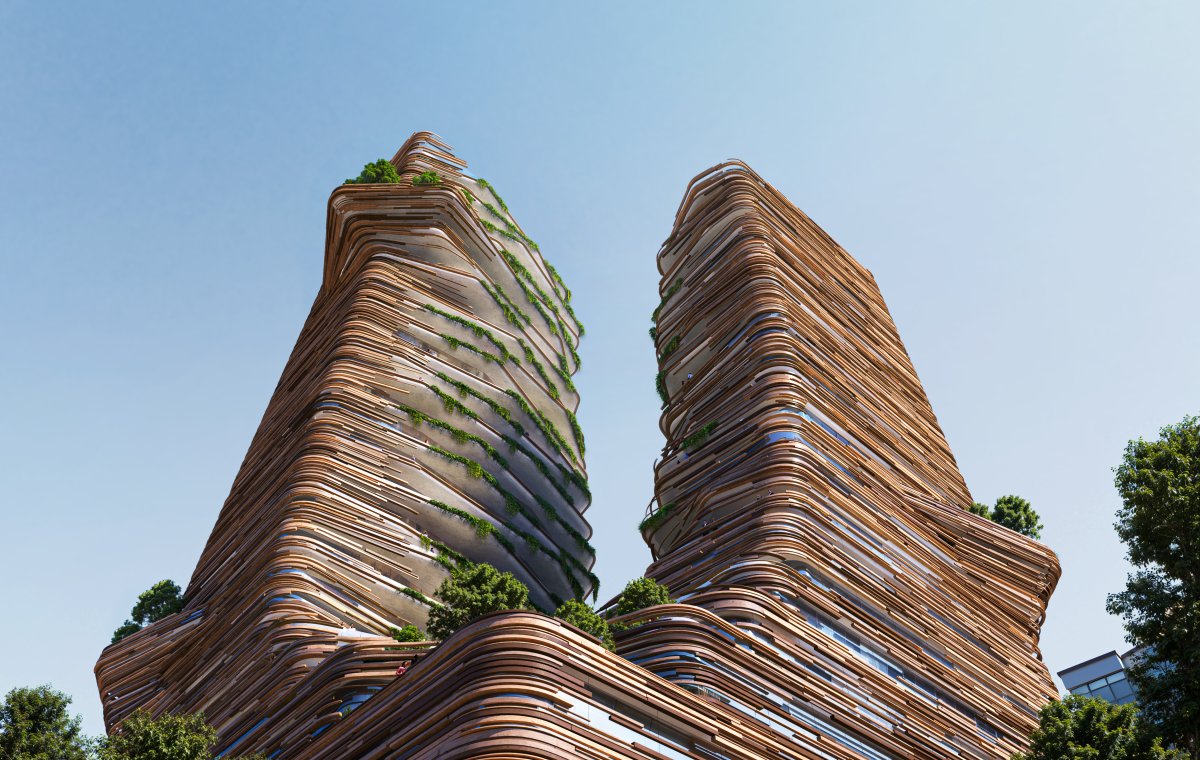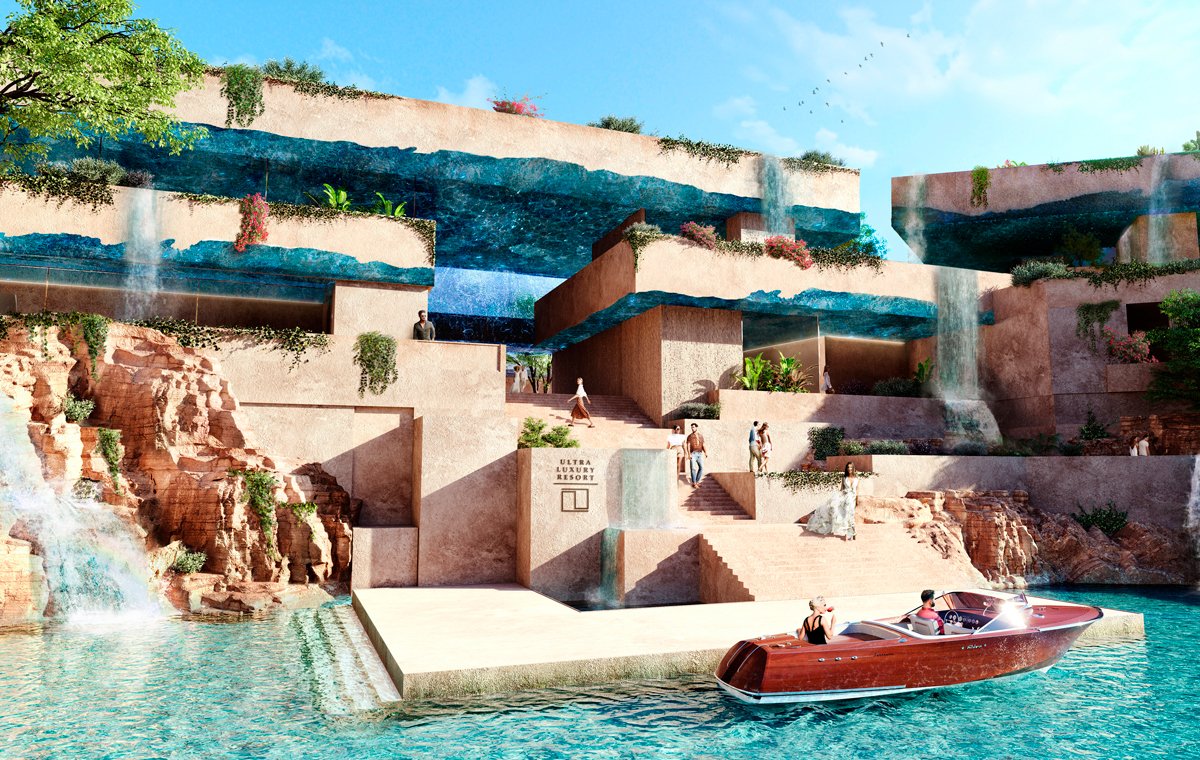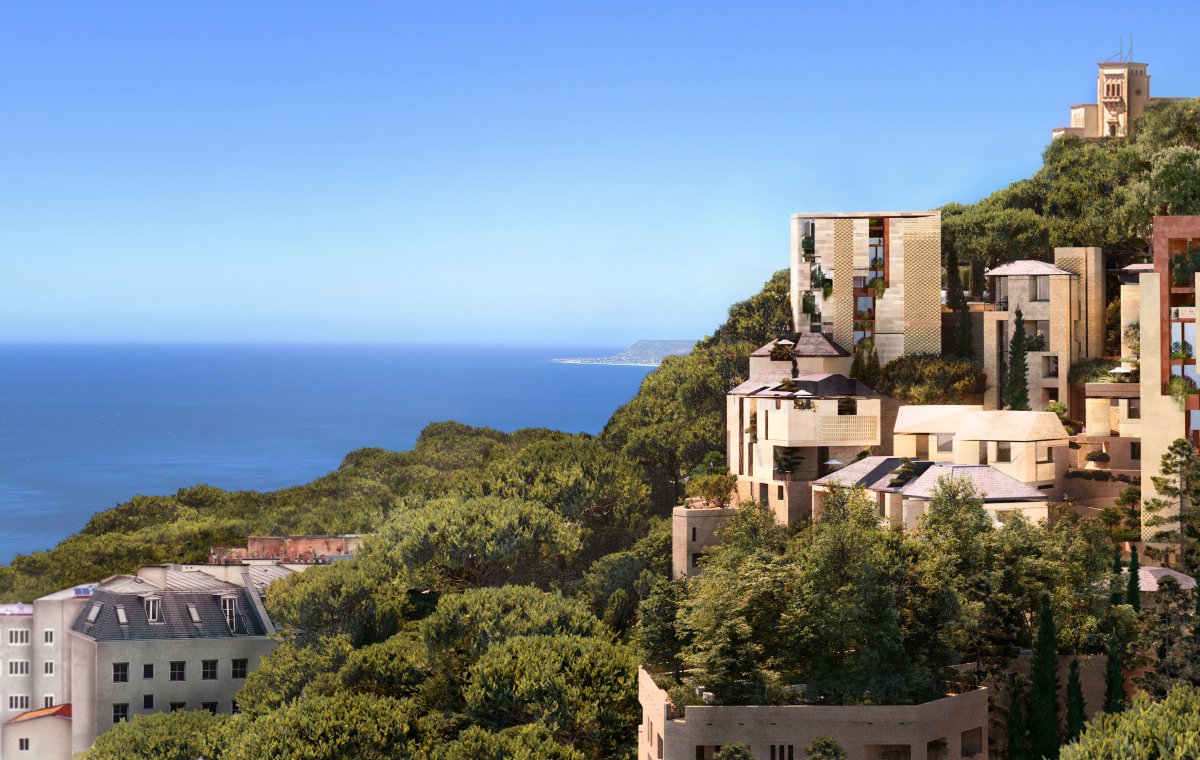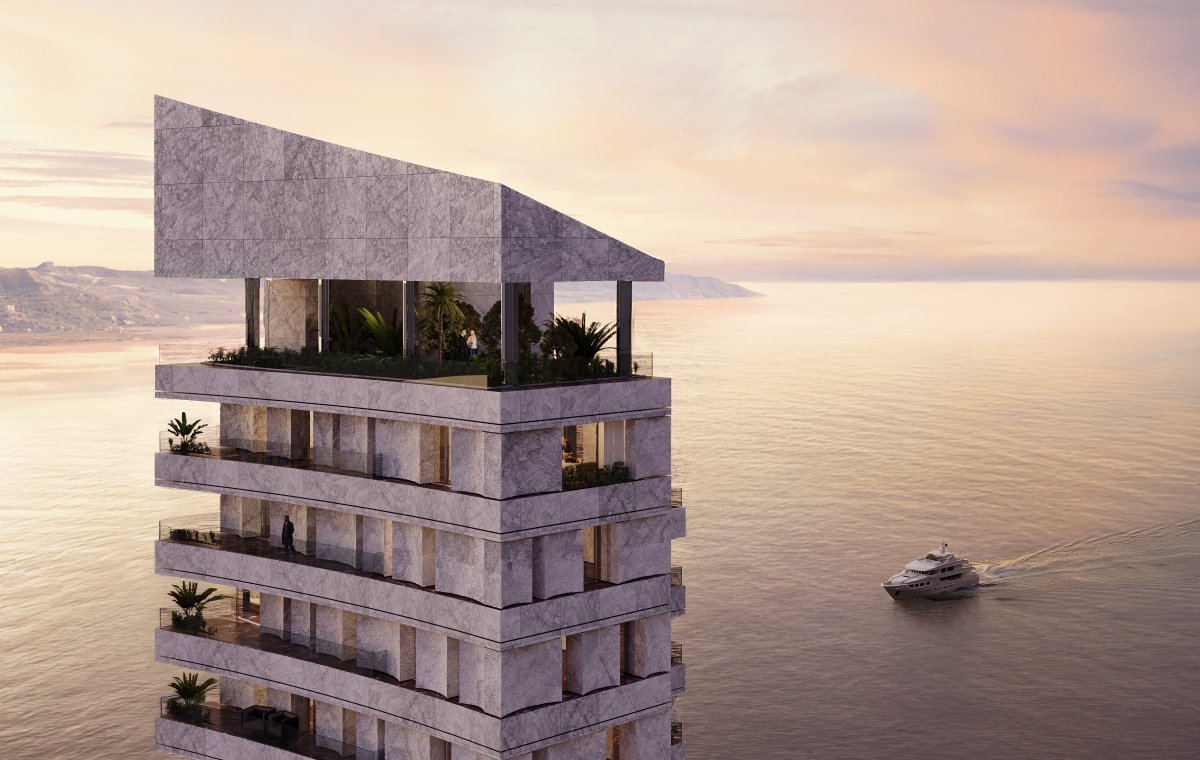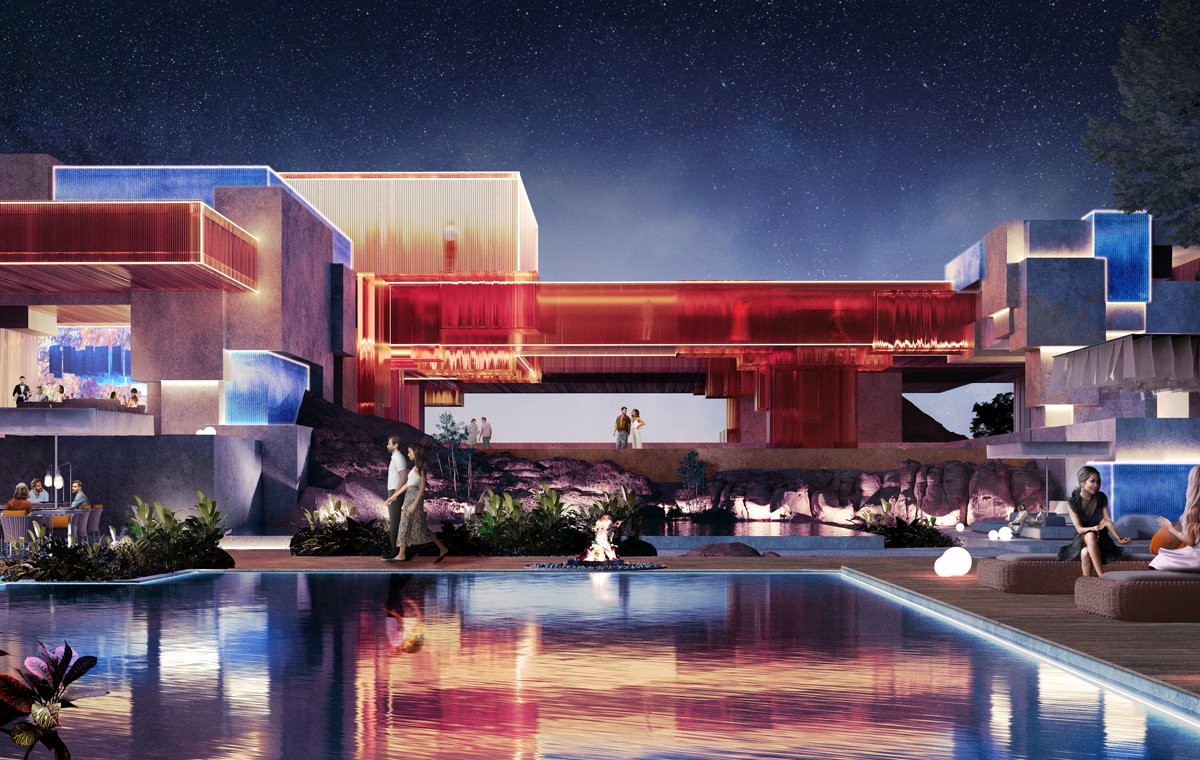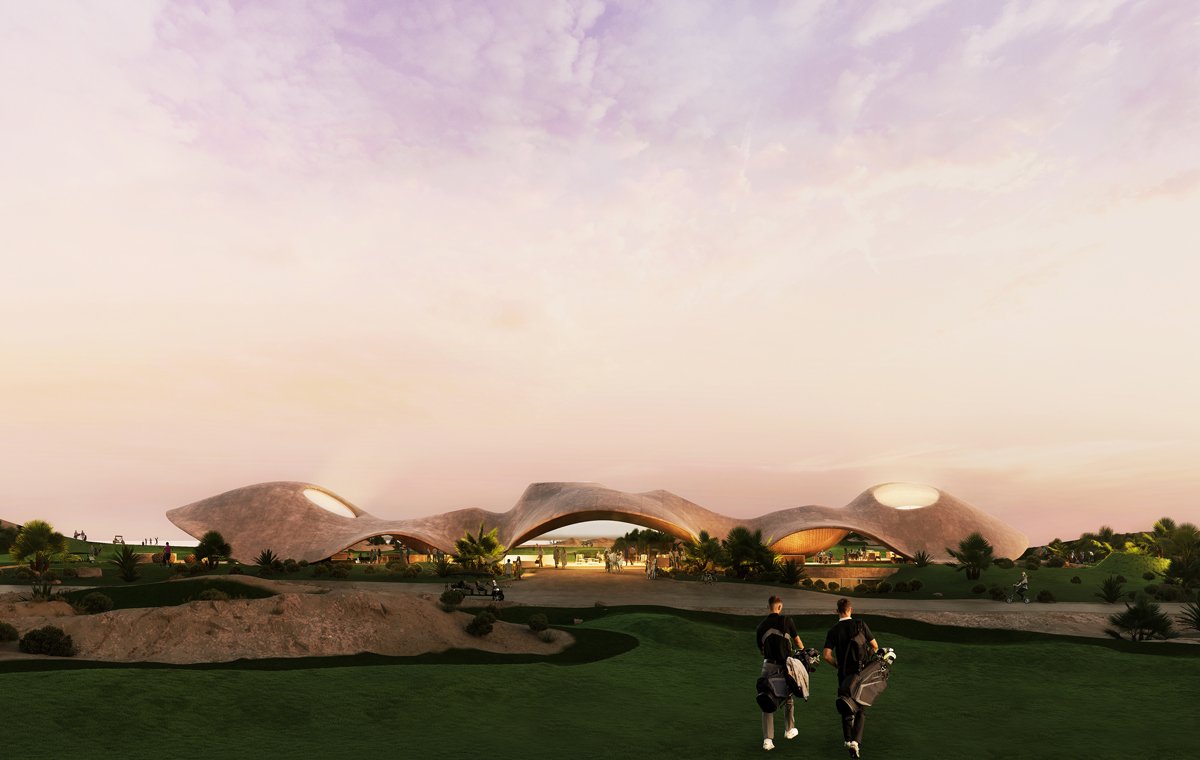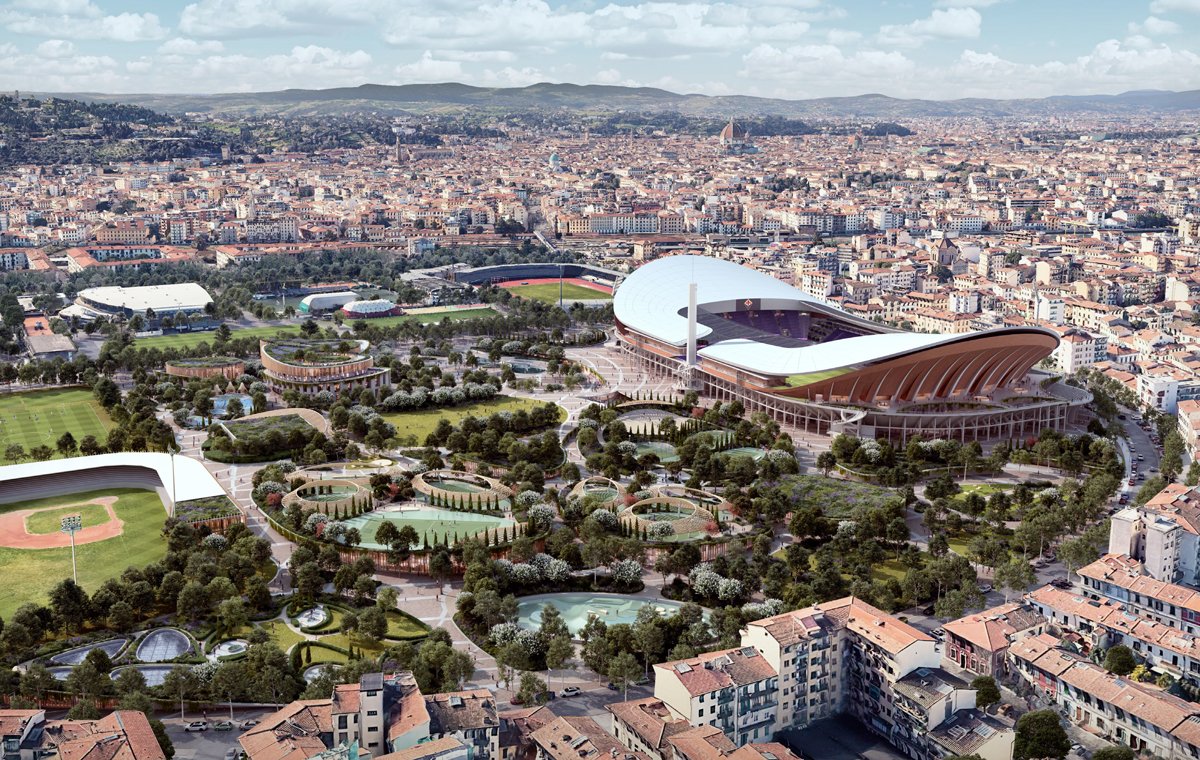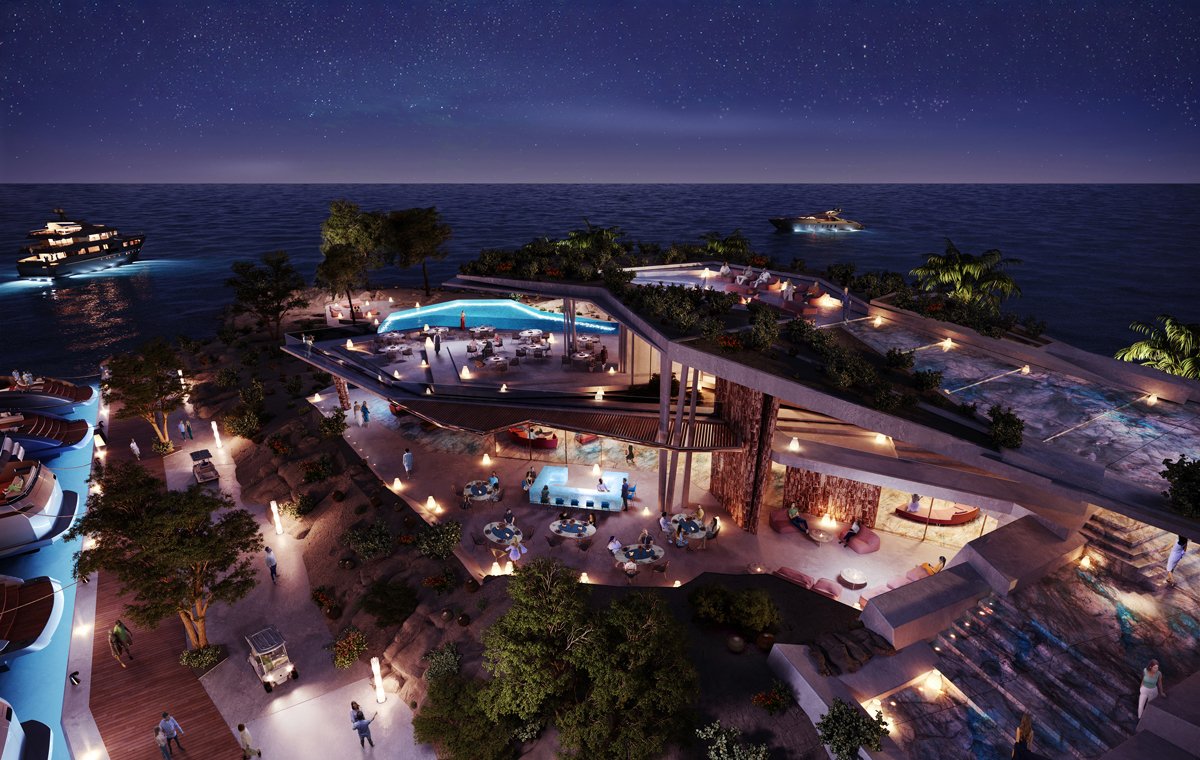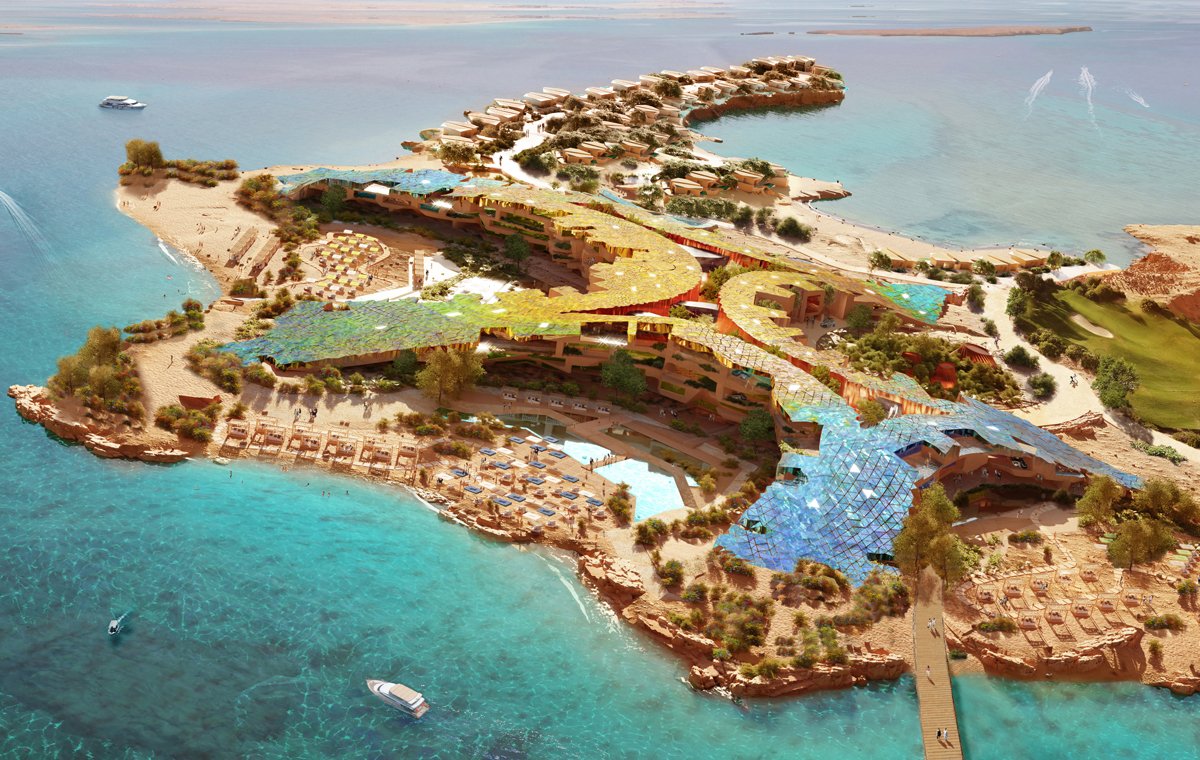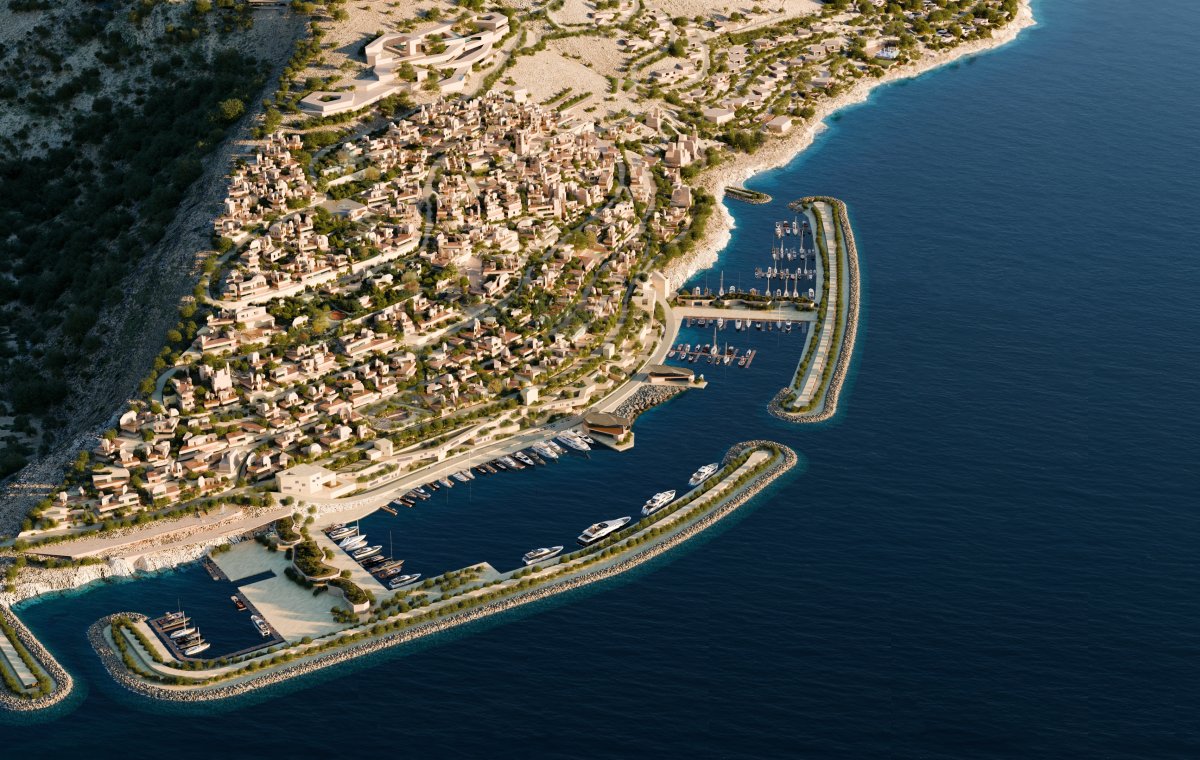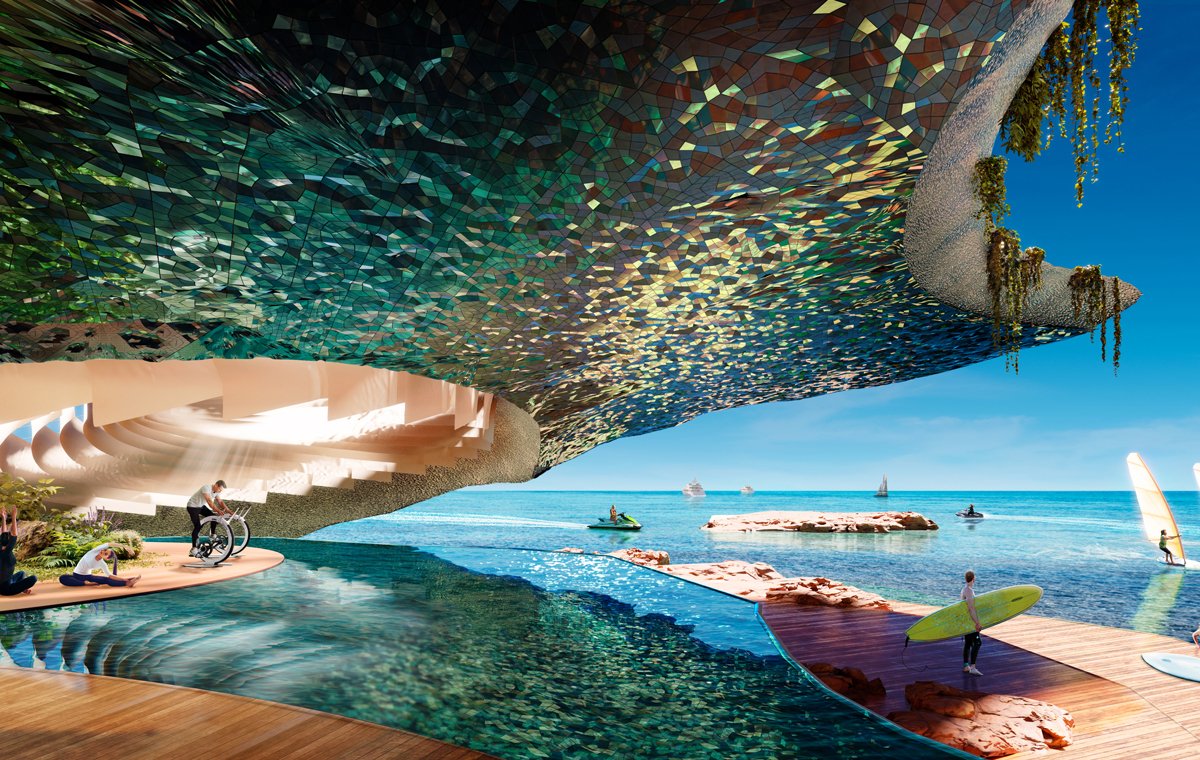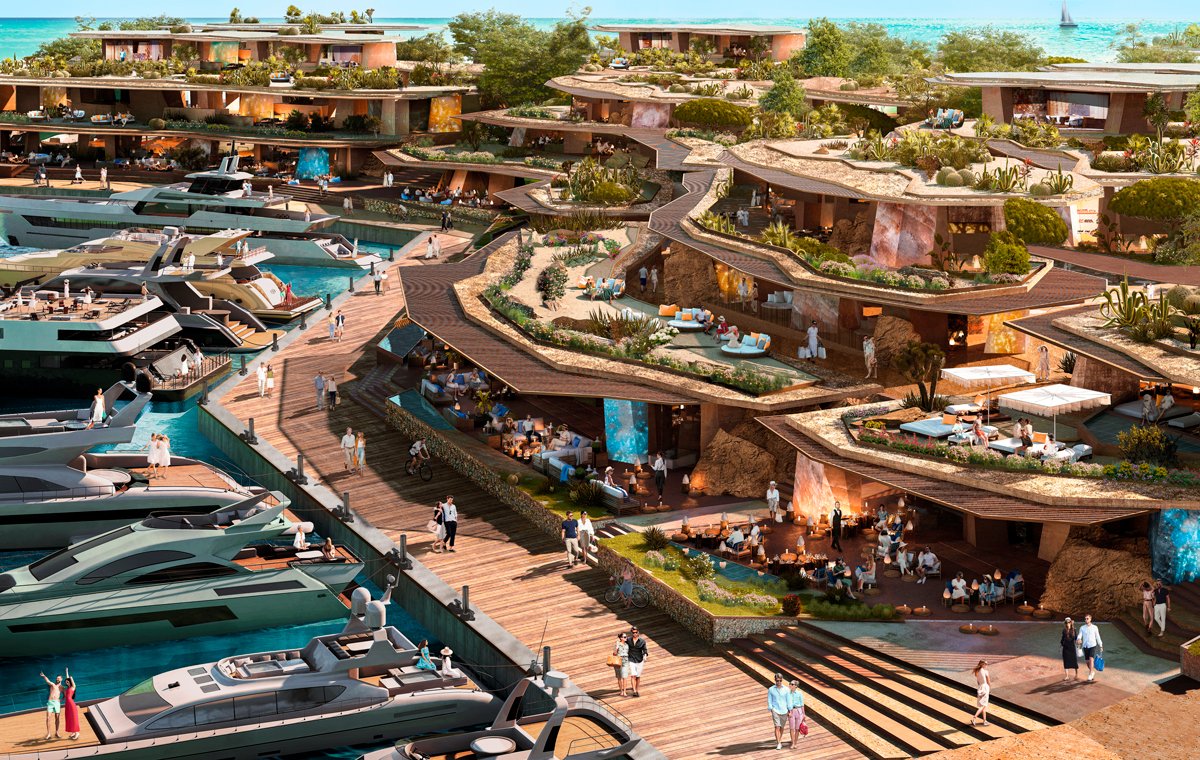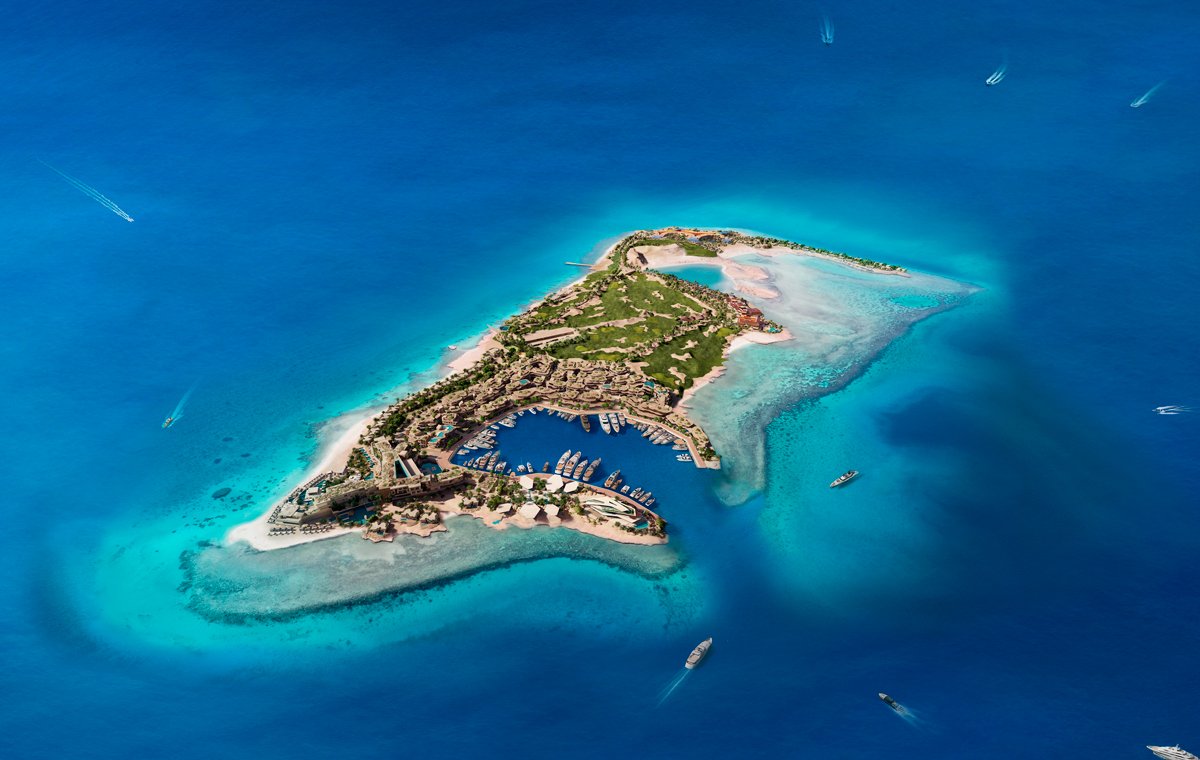To allow you to browse this website, it uses technical cookies installed on your device. In addition we may use profiling cookies (even from third parties) to enable simple interactions with the website and to send you advertisement in line with your preferences. By clicking on the X you will close this banner and accept the use of just technical cookies. You can change your preferences at any time. For further information, visit our Cookie Policy and our Privacy Policy.
- Category
- Architecture
- typology
- Leisure / Hospitality
- area
- Albania
- year
- 2024
- status
- Project
The concept of the COLOSSEUM 339 tower is inspired by De Chirico’s Città Metafisica, especially the Piazze Italiane. It contrasts the dynamism of modern cities with a search for stillness and form, much like De Chirico’s response to the frenetic energy of Futurism in early 20th-century art.
The term metaphysics investigates all that lies behind appearance, beyond the material world. The paintings do not describe the reality we see, but a scenario composed of objects, figures and architecture in which, very often, man is absent.
The operation performed in the design of COLOSSEUM 339 was to translate the metaphysical concept into an appealing, functional and aesthetically beautiful architectural design for man, who is included as an integral and living part of the project.
The central idea revolves around the metaphorical ascent of the ground, symbolized by the compositional variation of round arches of different sizes that span all four elevations of the building, seamlessly.
The architectural language of the arches is not just a façade language; rather, it entirely contaminates the building in its interior spaces, viewing terraces, and workspaces.
This language, of particular connotation takes inspiration after carrying out an in-depth study of traditional Albanian architecture, which is populated with fortifications and castles and has also been linked to the tradition of medieval Italian architecture, where the towers of the great lordships still stand out in many Italian cities. The concept of an architecture linked to tradition turns out to be a winning factor to clarify a strong link with the surrounding context, it makes the project although of new construction to tie in perfectly with what are the characteristic forms of tradition, fundamental to identify also a strong link between the two countries, Albania and Italy.
The idea of redevelopment and design of buildings going by the concept of art is part of a much broader strategy affecting the entire city of Tirana promoted by former mayor Edi Rama, radically transformed the appearance of the city. This ambitious project was not simply limited to repainting building facades, but represented an opportunity to renew the entire community, breathing new life into neglected neighborhoods and transforming the perception of the city itself. The vibrant hues chosen not only enlivened the urban environment, but also stimulated a sense of pride and belonging among residents, who increasingly identified with their city. Moreover, this initiative has attracted international attention, making Tirana a successful example in the field of urban redevelopment and public art.





